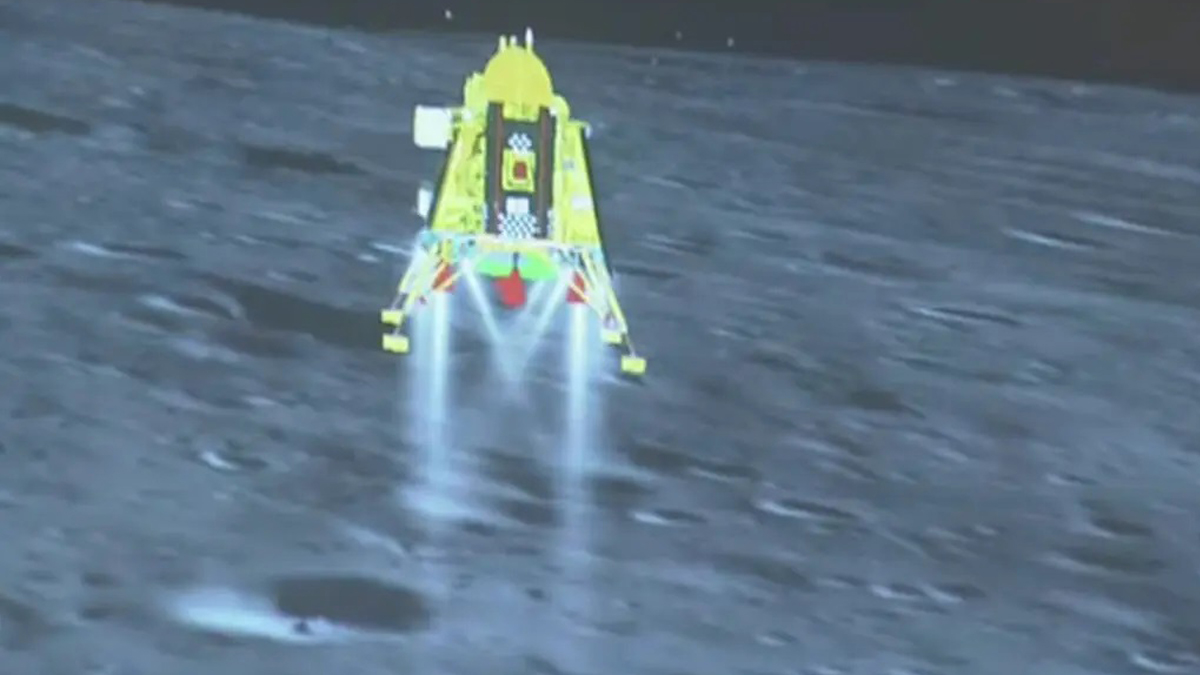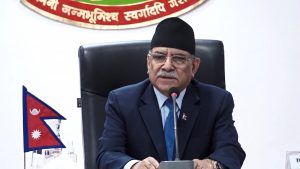
India’s Chandrayaan-3 Successfully Lands on Moon’s South Pole
India’s Chandrayaan-3 has triumphantly touched down on the moon’s surface. The spacecraft, which embarked on its journey from Sriharikota on July 14, safely landed near the moon’s south pole after a 40-day voyage.
This accomplishment makes India the fourth nation in history to reach the moon and notably, the very first to conquer the moon’s south pole. Prior to this, only the United States, Russia, and China had managed lunar landings.
The Indian Space Research Organisation’s (ISRO) Chairman, S. Somanath, proudly declared the campaign victorious, stating, “Now India has reached the moon,” signifying the nation’s momentous achievement.
Indian Prime Minister Narendra Modi expressed immense pride in this landmark achievement, hailing it as a historic milestone for India. Modi shared his vision for the future, suggesting that this success paves the way for even greater space missions.
Of particular significance is the moon’s south pole, a region brimming with potential for scientific discovery. Scientists have been captivated by the possibility of water ice in the areas that remain in perpetual shadow. Unlike previous missions, which primarily focused on the moon’s equator, Chandrayaan-3’s successful landing at the south pole could uncover invaluable insights.
The spacecraft consists of an orbiter, a lander named Vikram after ISRO’s founder Vikram Sarabhai, and a rover named Pragyaan, meaning “wisdom” in Sanskrit. The lander, Vikram, carries the 26kg rover, Pragyaan, which is set to explore the moon’s surface and gather vital information.
This extraordinary achievement marks a significant step forward for India’s space exploration efforts and opens up new horizons for scientific exploration and discovery.
- Workshop on Women, Peace, and Security Concludes with Emphasis on Enhanced Cooperation
- PM Prachanda says country exporting 10,000 megawatts of electricity in a decade
- Prosperity could be achieved thru digital transformation: Minister Sharma
- Oli Slams Nepali Congress for Disrespectful Behavior in Parliament





![Chaos Erupts in HoR; Physical Altercations Among MPs, Dhanraj Misbehaves with Oli [Photos]](https://english.pardafas.com/wp-content/uploads/2024/05/defd3-300x169.jpg)









Comments